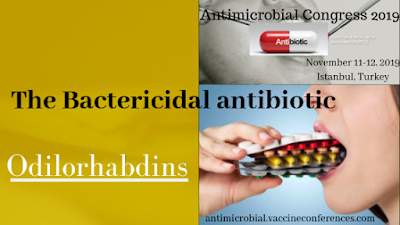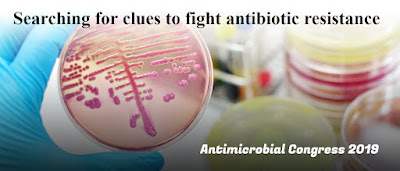Petting zoos transmit Virulent drug-resistant bacteria to visitors

Human infectious diseases : Petting zoos transmit Virulent drug-resistant bacteria to visitors Petting zoos are a popular attraction around the world, allowing direct and indirect exposure of both children and adults to a diverse range of animal species. They are different from regular zoos because rather than visitors just looking at the animals, petting zoos are interactive with children visiting, holding and petting the animals. Extended spectrum beta-lactamase (ESBL) and AmpC-producing Enterobacteriaceae (AmpC-E), which are resistant to a number of commonly used antibiotics, have become a matter of great concern in both human and veterinary medicine, so understanding the likelihood of them colonizing the animals is critical to evaluating the risk that may be posed to visitors. The researchers did a survey across randomly chosen petting zoos geographically distributed throughout the world, taking samples of faecal matter as well as from the body surface (skin, fur, or ...











